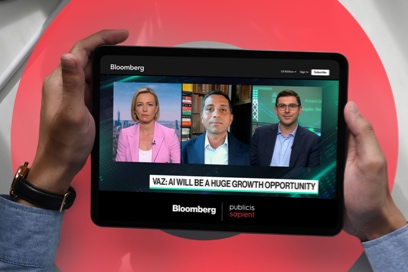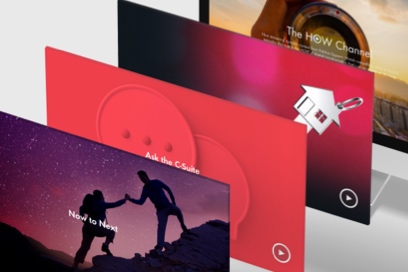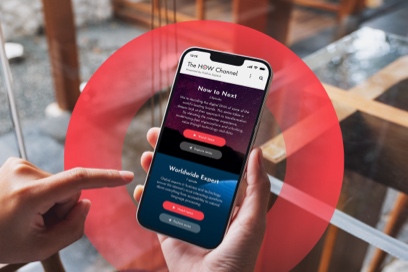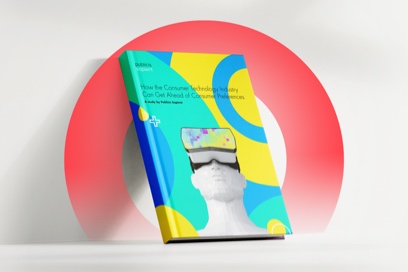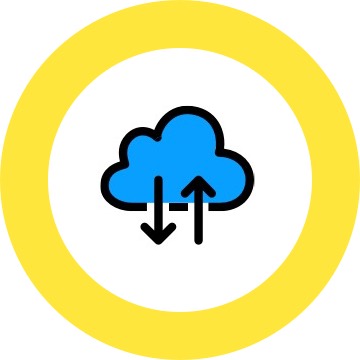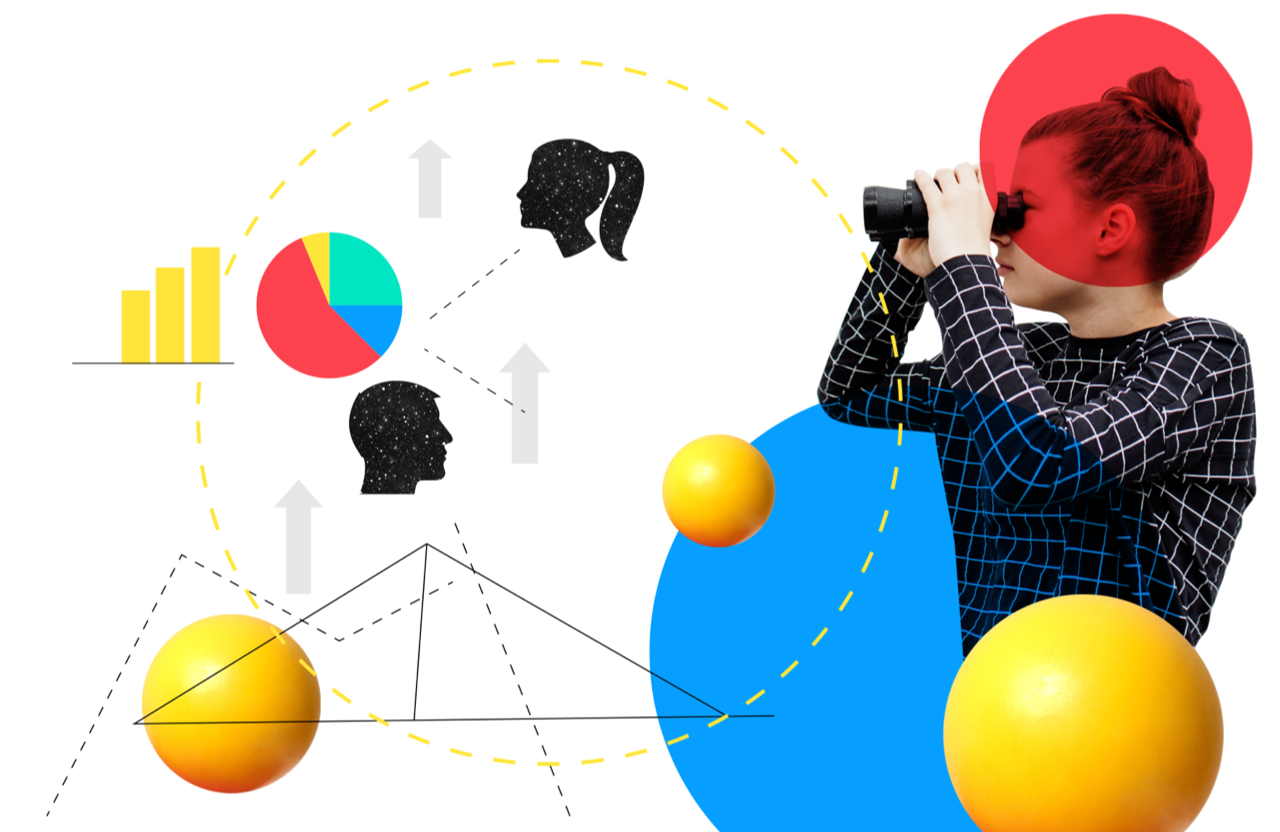Leading U.S. telcos have been struggling to keep customers and build long-term loyalty. The common belief is that enticing new customers through offers such as 5G or free phone upgrades is much easier than reducing churn among current customers. While it pays to expand the customer base, the real money solidifies it. The cost of acquiring customers is about five times the monthly average revenue per existing customer. 1
To retain existing customers and enhance loyalty, telcos should create moments that matter and interactions that are engaging, customized, accessible, and delightful so that customers want to be attached to the brand and advocate for it to friends and family across channels. It’s not just about moving to a functional brand that gets the job done, but to a magical brand that delivers such engaging experiences that customers see the brand as an extension of themselves.
Magical brands upsell products and services 2.5x more than others. Their average revenue per account is also much higher than functional brands. 2 What does it take to design magical experiences that ultimately shape magical brands? Publicis Sapient has created a recipe for success.
1 Publicis Sapient Customer Engagement Research 2014-2021
2 Ibid.
